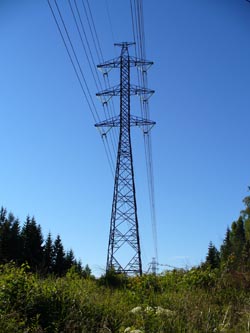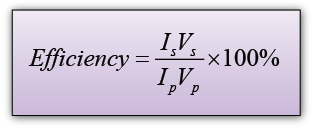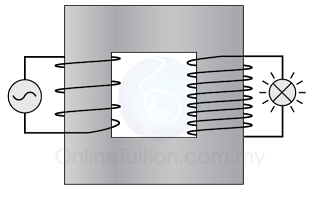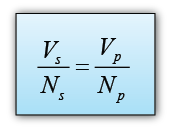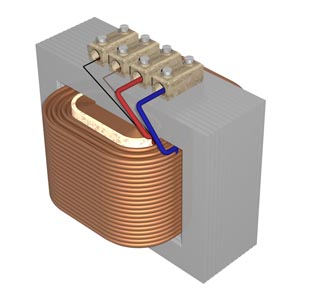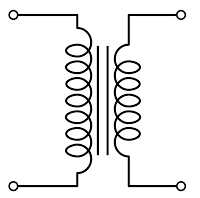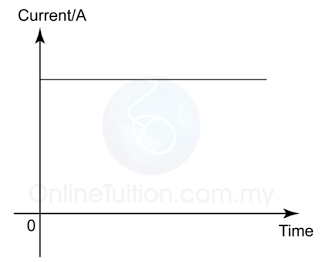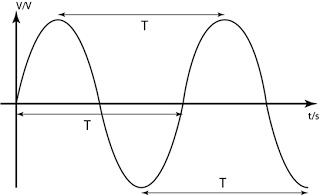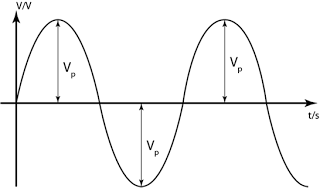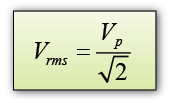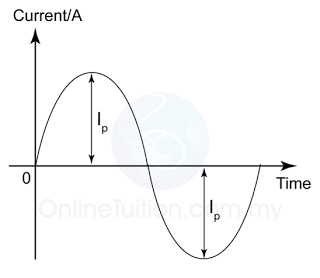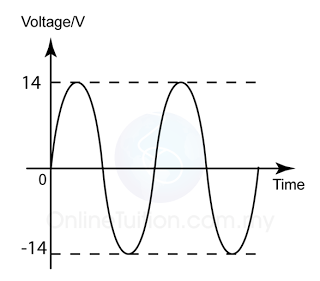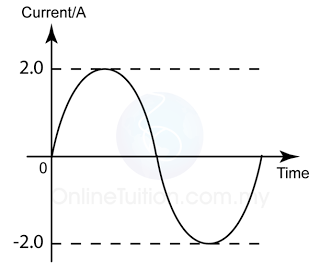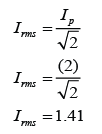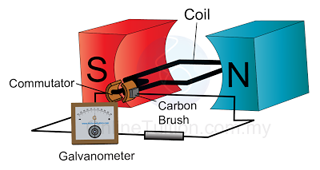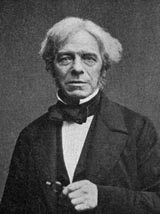A national Grid Network is a network of cable that connects all the power stations in a country to transmit electricity to the consumers throughout the nation.
The advantages of the National Grid Network
- Reduces power lost during transmission. The potential difference is increased before transmission. This can reduce the current and hence reduces the energy lost during transmission.
- Electricity supply is more stable and reliable. This ensures a continuous supply of electrical energy to the whole country.
- Electric current can be distributed to different users according to the voltage requirement. Transformer is used to step down the voltage to certain level according to the needs of the consumers.
- Maintenance and repair work can be done at anytime. This is because any power stations can be shut down without affecting users in other areas.
